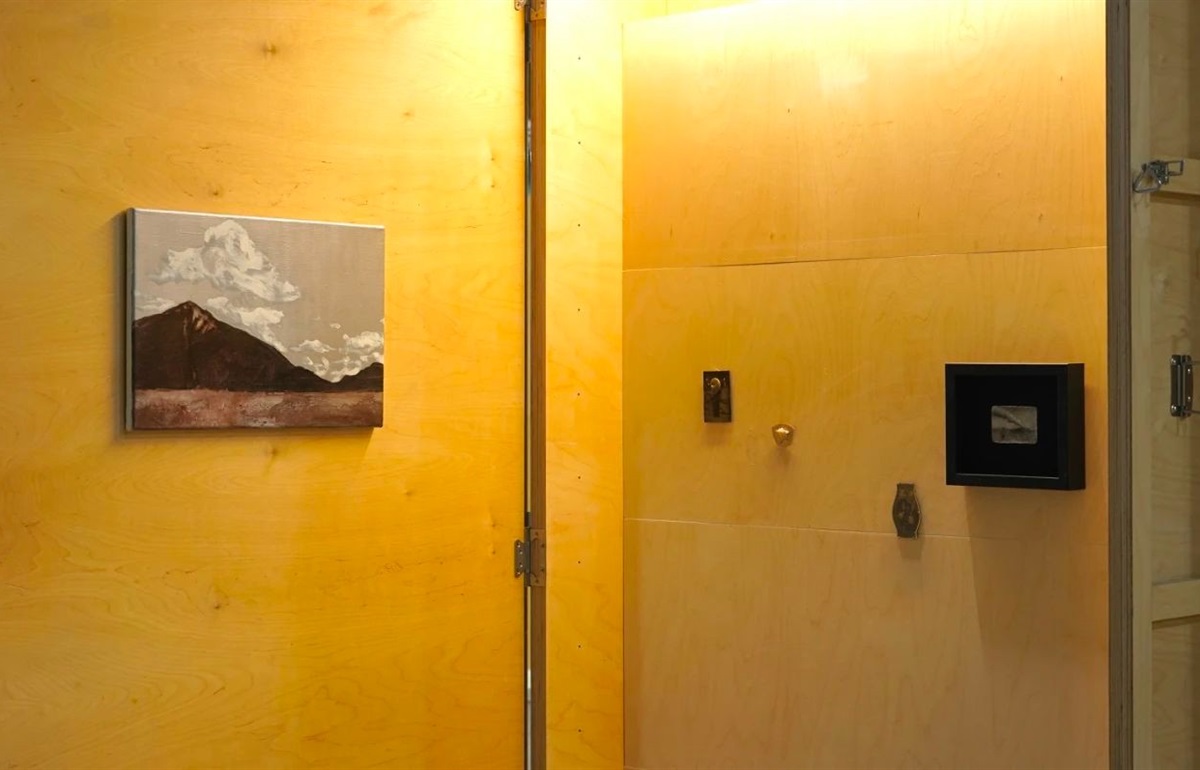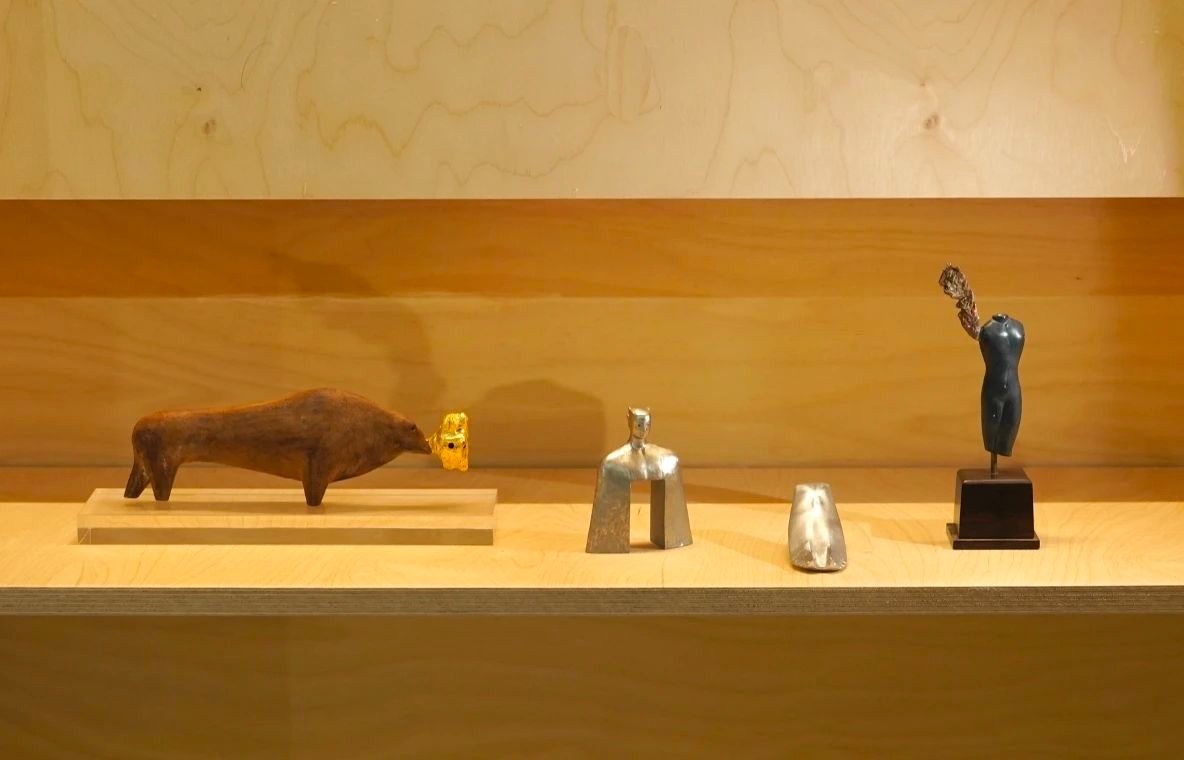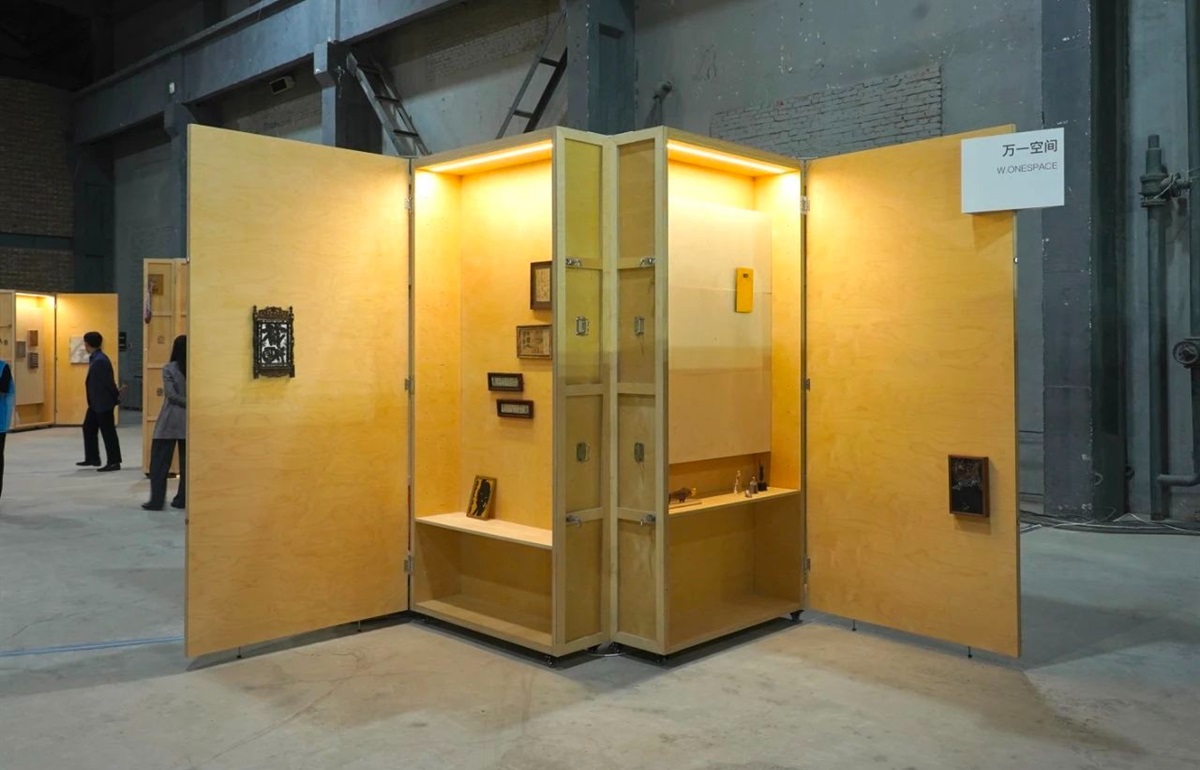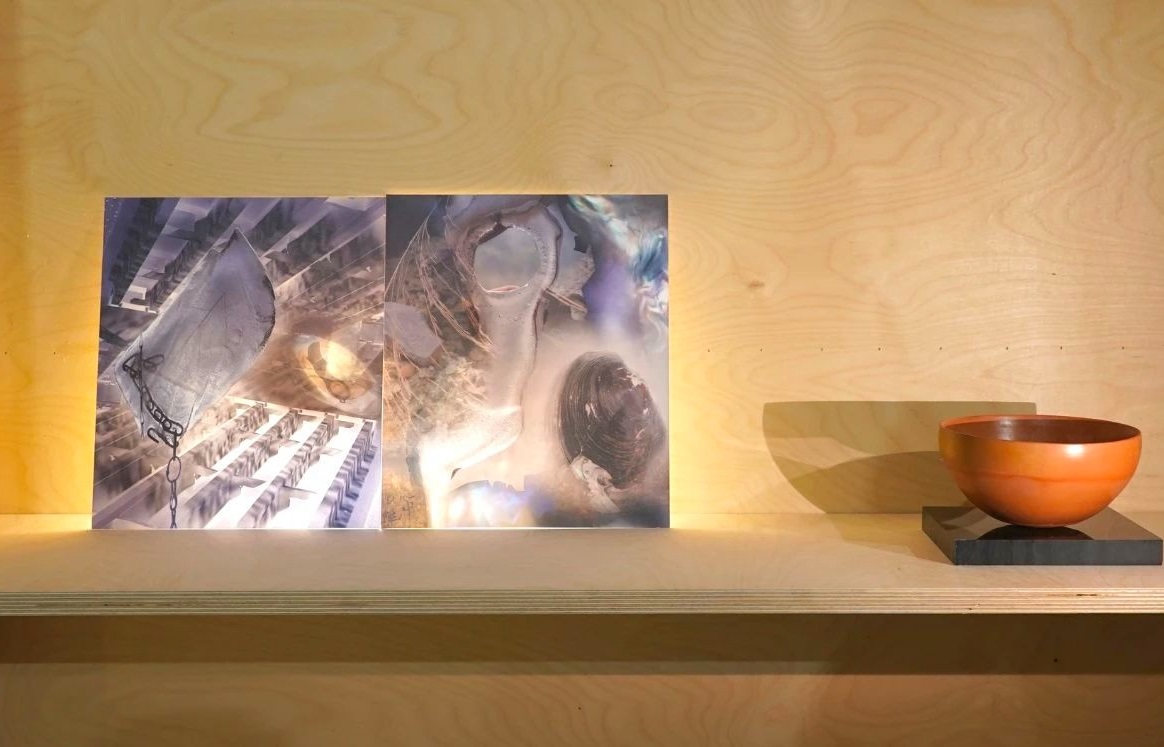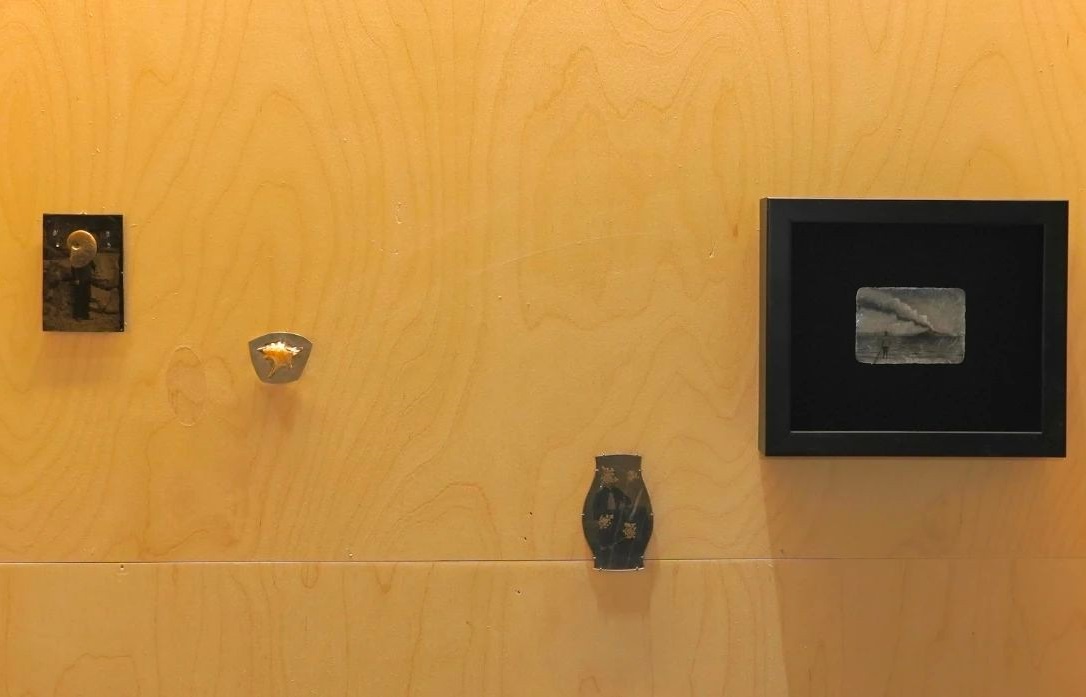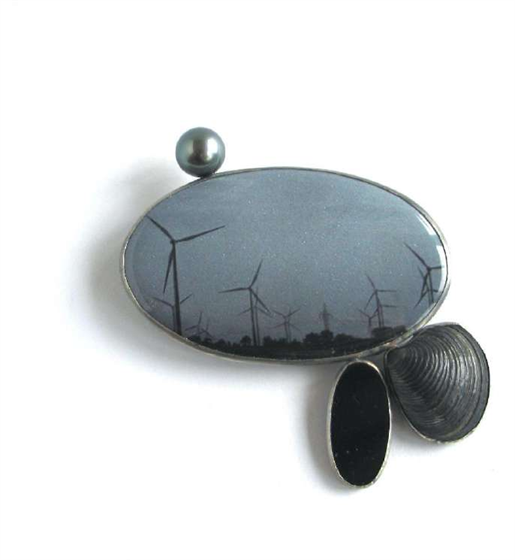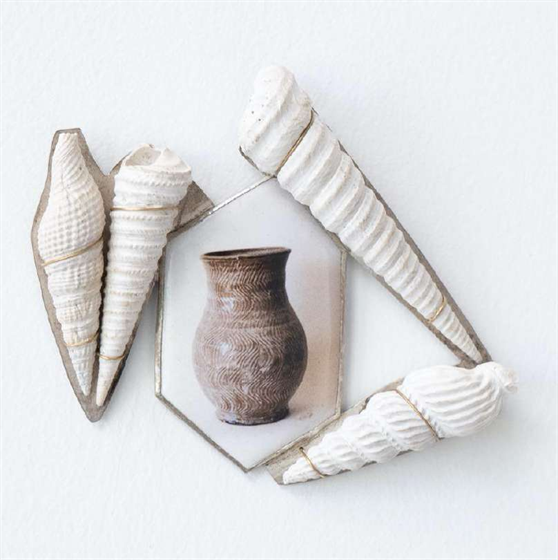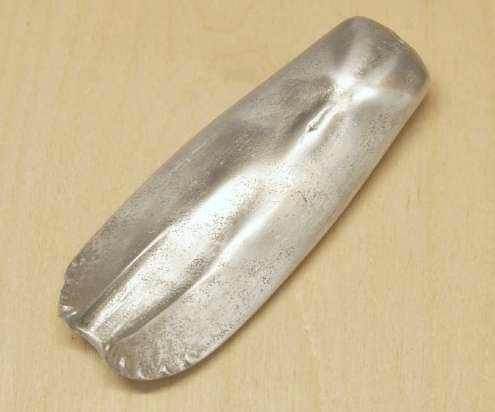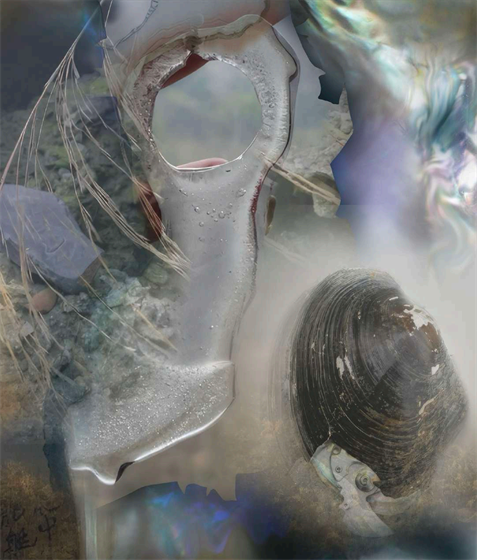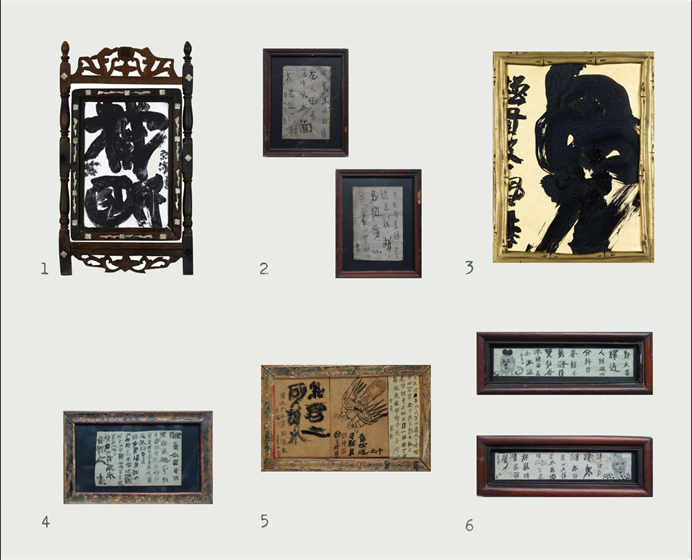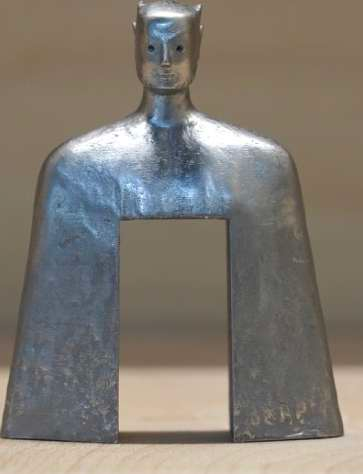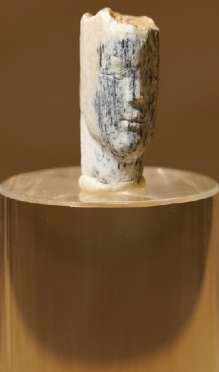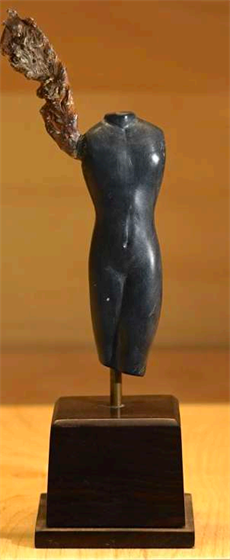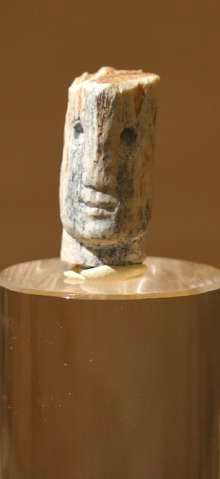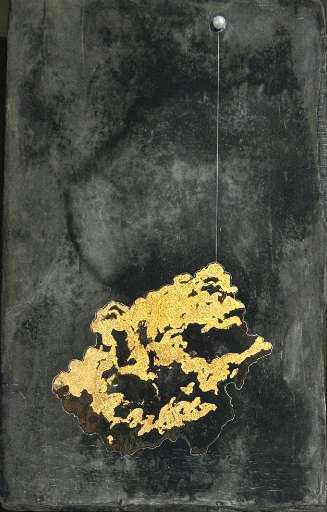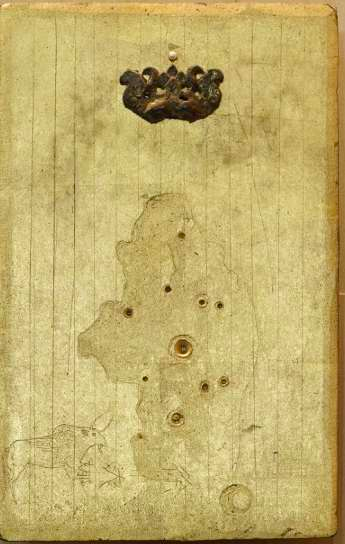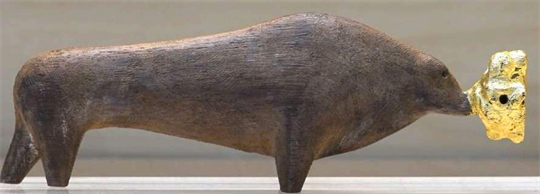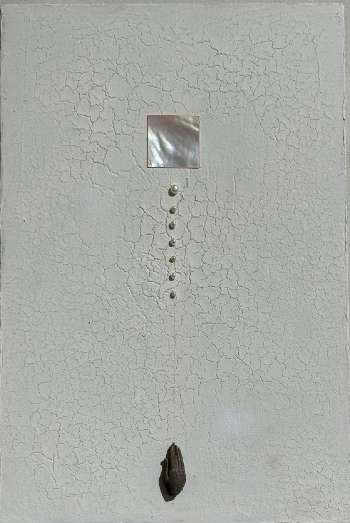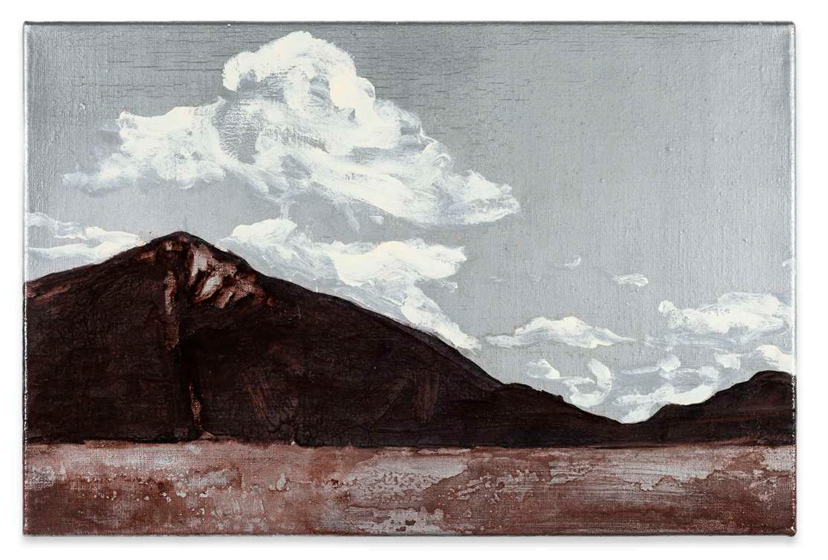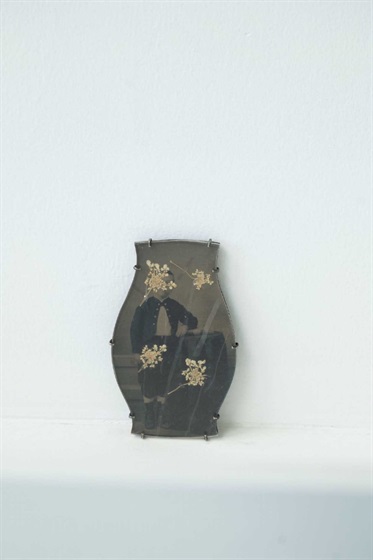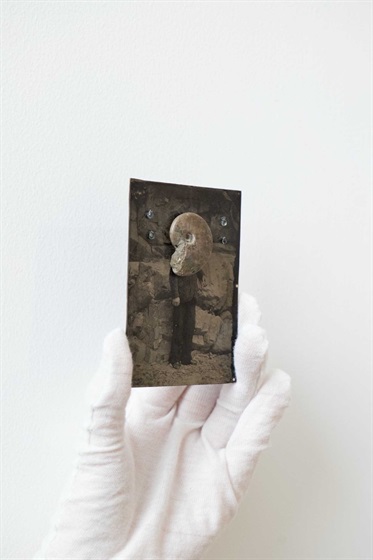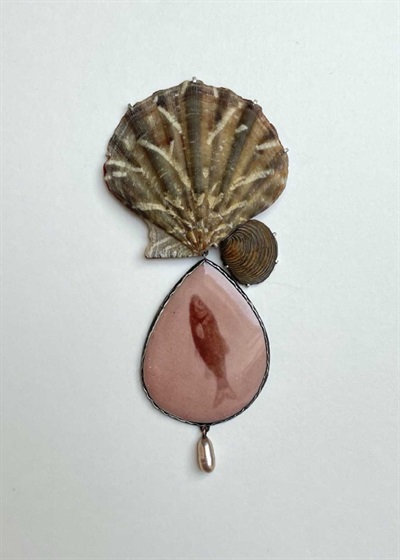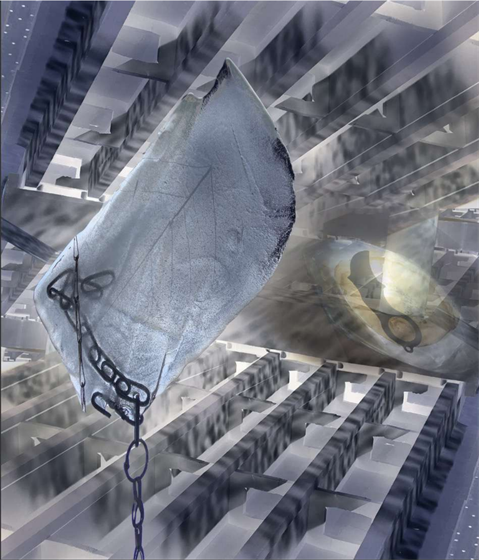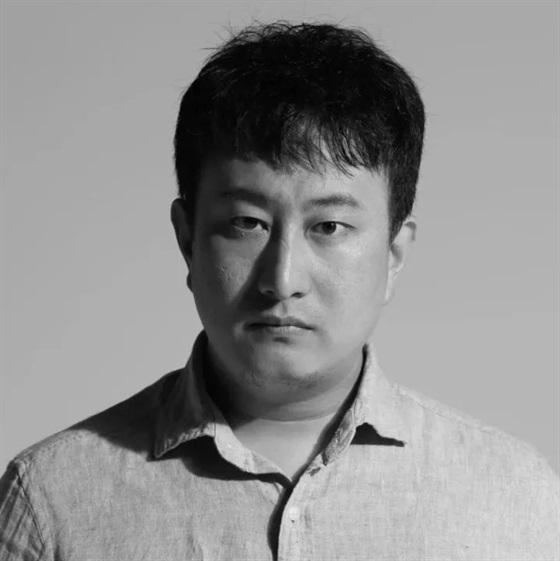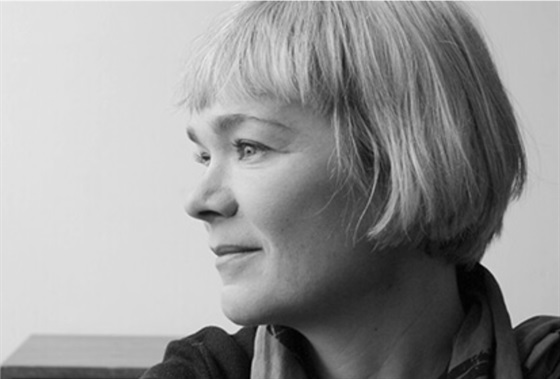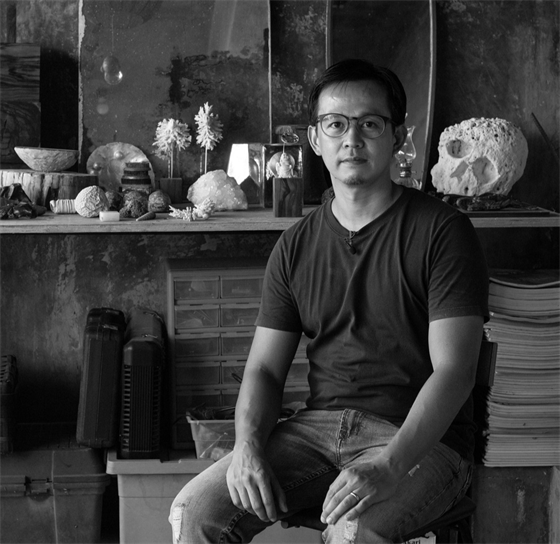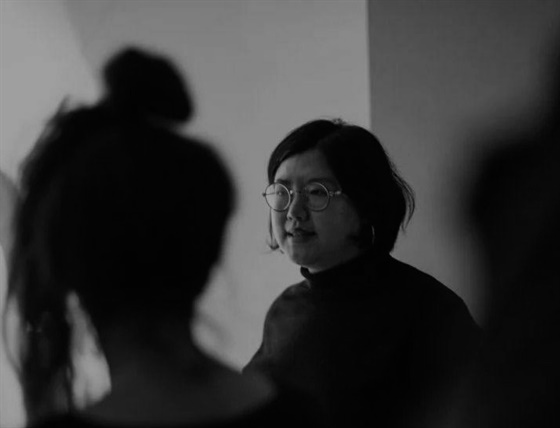W.ONESPACE is honored to participate in the "KunstKammer" section of this year's ART021 Beijing, presenting selected works by six artists from China, Germany, and the Philippines. The participating artists include: Chen Liang, Ma Hongfa, Qin Xiaoshi, Gregory Halili, Axel Kasseböhmer and Bettina Speckner.
By deconstructing the materiality and medium of the artworks, the exhibition adopts the dual themes of "Mountain" and "Sea" (where gravel, wood, earth, ceramics, and inkstones construct the "Mountain," while mother-of-pearl, shells, shores, and tides compose the "Sea"). The "Mountain" and "Sea" sections form a symmetrical "cabinet of curiosity" layout within a grid structure.
By the late 16th century, collecting practices in Europe had given rise to the embryonic concept of the "museum". Despite their diverse forms, these practices shared a common goal—to construct a "cabinet" (Wunderkammer). The Flemish scholar Samuel van Quiccheberg described the cabinet of curiosity as an "all-embracing museum", where the wonders of the world could be glimpsed within a single cabinet. On the other end of Eurasia, Chinese traditional "antique display shelves" (also known as "Duobao Ge" or "multi-treasure cabinet") held a similar definition. The term "Bogu" (博古) itself carries the meaning of "mastering ancient and modern knowledge" or "understanding historical artifacts". The prototype of such shelves can be traced back to the Northern Song Dynasty, where they served both as architectural interior elements and as vessels for collection. Their multifunctional design reflects the ancient literati's philosophy of "objects as vehicles for Dao (truth)".
This time we seek to project these treasured works into a miniature cabinet of curiosity, inviting viewers to observe them from an external perspective, thereby presenting—or evoking—an eclectic vision that bridges past and present, East and West. As Stewart (1984:55) noted: "They (cabinets of curiosity) help construct and perceive a small yet complete world. Their smallness allows us to grasp the whole form at once". This is not only a reinterpretation of the Eastern philosophical idea of "investigating things to extend knowledge" (博物致知), but also a diverse presentation that arranges and displays various creative genres and mediums.

